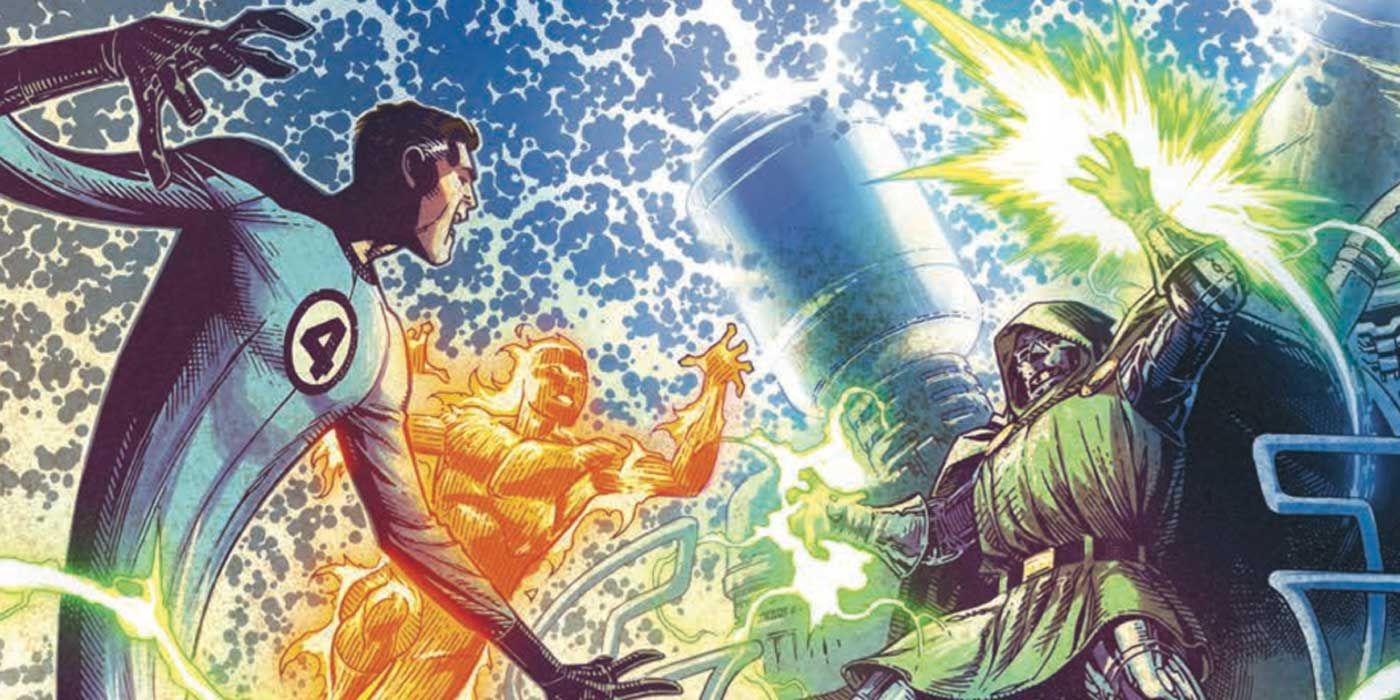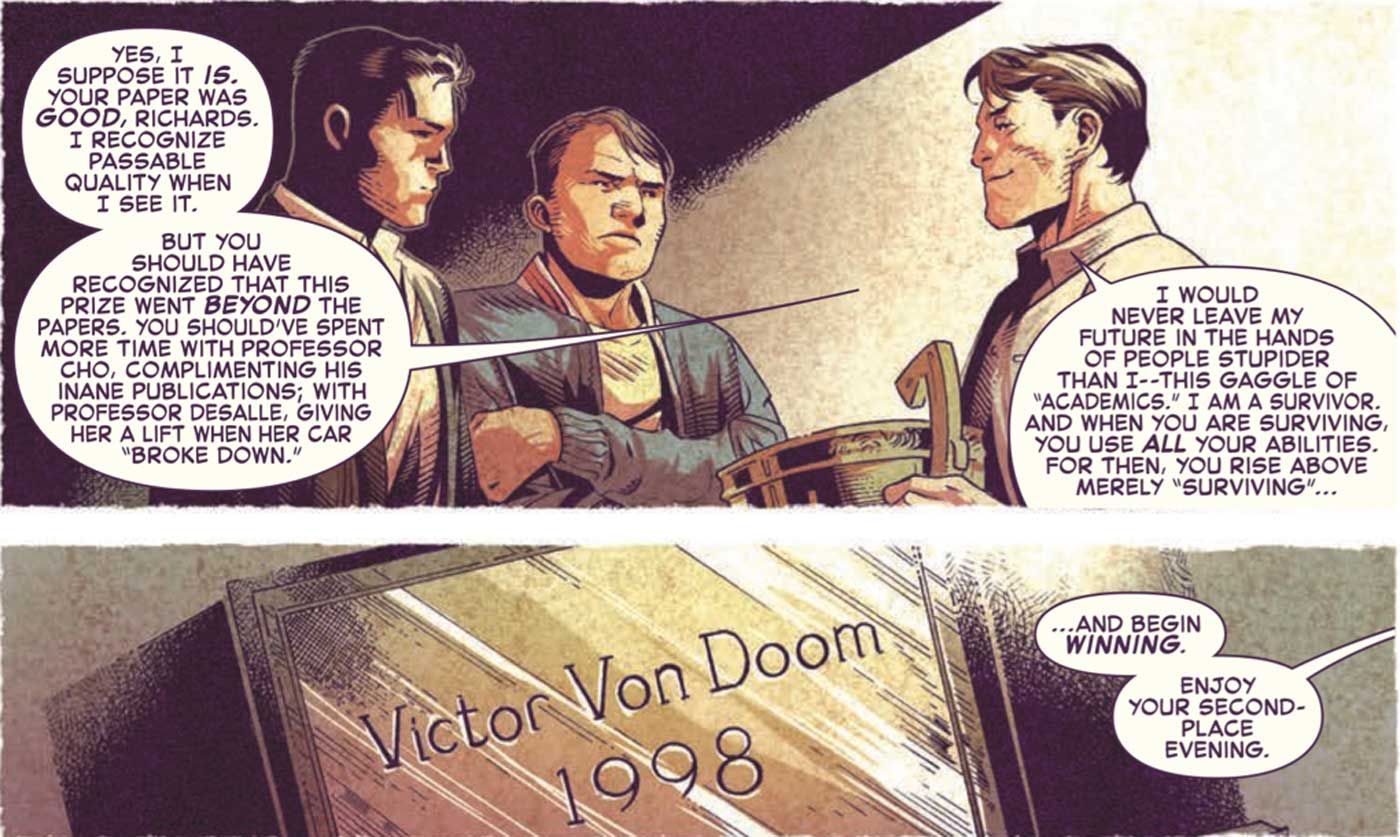Marvel Time is... complicated.
A shifting and sliding scale, it allows current stories to be set in the present, while keeping them set firmly within a comic book continuity that spans decades. As a result, characters who have been around since the 1960s have only aged a few years.
Stretching Time to Tell a Story
In the real world, Peter Parker would now be in his 70s, but in Marvel Time, he's somewhere in his early thirties. This was first accomplished by stretching time; a compromise between traditional cartoons (which exist in an eternal present) and soap operas, in which characters age, get married, give birth and even die.
Stretching time meant that Peter Parker, who was in junior high in 1961, would graduate college in 1978. Readers played along.
RELATED: How Marvel 2-in-One #1’s Story Sets up the Fantastic Four’s Return
This is was first accomplished by "stretching" time. Peter Parker was a junior high school student in 1961, but didn't graduate college until 1978. There was no official timeline, but Marvel Time, as a concept, emerged in 1968 in response to a reader who wondered about the time span between issues of The Fantastic Four.
Stan Lee replied, "Although a complete story may take place within a day, that doesn't necessarily mean the next story takes place the very next day." He went on to explain that, "The following yarn could begin the next day, the next week, the next month, or even the next year." Time in the Marvel Universe didn't quite line up with the real world, and for decades writers worked with the idea that the Marvel U had existed for roughly seven years.
The Problem with Marvel Time
This may not have posed a problem back in the '60s and '70s, but in the present day, Marvel Time can be problematic. Captain America was first active during World War II before he was frozen and thawed decades later. The year his de-icing occurs changes according to the sliding time scale. Since he didn't age while encased in ice, it doesn't matter.
Magneto also has his origins during the Second World War, but since he has been active since then, his age is a bit of a problem. Magneto aside, the easiest way to solve the timeline conundrum is to shift the beginning of the Marvel Universe to a later date.
RELATED: Marvel Two-In-One #1 Has A Hidden Homage to Every Fantastic Four Movie
In the past, this was often a tacit thing. A character might mention that such and such event happened so many years ago. On some occasions, a reference is made to past events. Dan Slott's recent Silver Surfer run had Galactus first coming to Earth 12 years ago. Heroes Reborn explained that Reed Richards and Ben Grimm fought in Desert Storm in 1991.
What Does the New Timeline Mean?
The latest issue of Marvel 2-in-One has shifted that date once again. Written by Chip Zdarsky, with art by Jim Cheung, John Dell & Walden Wong and colors by Frank Martin, the series' second issue puts Ben Grimm and Reed Richards 9the Thing and Mister Fantastic) in college in 1998. This places the accident that created the Fantastic Four roughly in 2001.
This also means that Marvel Time has expanded from around 12 years to almost 17. But is this canonical? With Two-in-One hinting at the return of the Fantastic Four, it makes sense to reset the timeline at this point. After all, the potential return of Marvel's first family marks an emphasis on the House of Ideas' origins, and four months into Legacy is probably a good time to set the starting date in stone.
But this new date may not extend to the entire Marvel Universe. Mark Waid's current Captain America run (#695) places the thawing of Steve Rogers ten years ago. This means 6 or 7 years elapsed between the emergence of the Fantastic Four and the creation of the Avengers.
This expansion of Marvel Time goes against the compression that has been the rule up to now. But does it matter? Is Marvel Time a core element of the continuing narrative, or a contrivance?
The jury is still out on this one. Let's face it, sliding time doesn't add much to a current story. But is there an unintended consequence to this latest shift? For example, Marvel Two-In-One's new chronology posits a post 9-11 origin for the Fantastic Four, which means that the infamous tears of Doctor Doom scene never happened. Sometimes, change is good.


